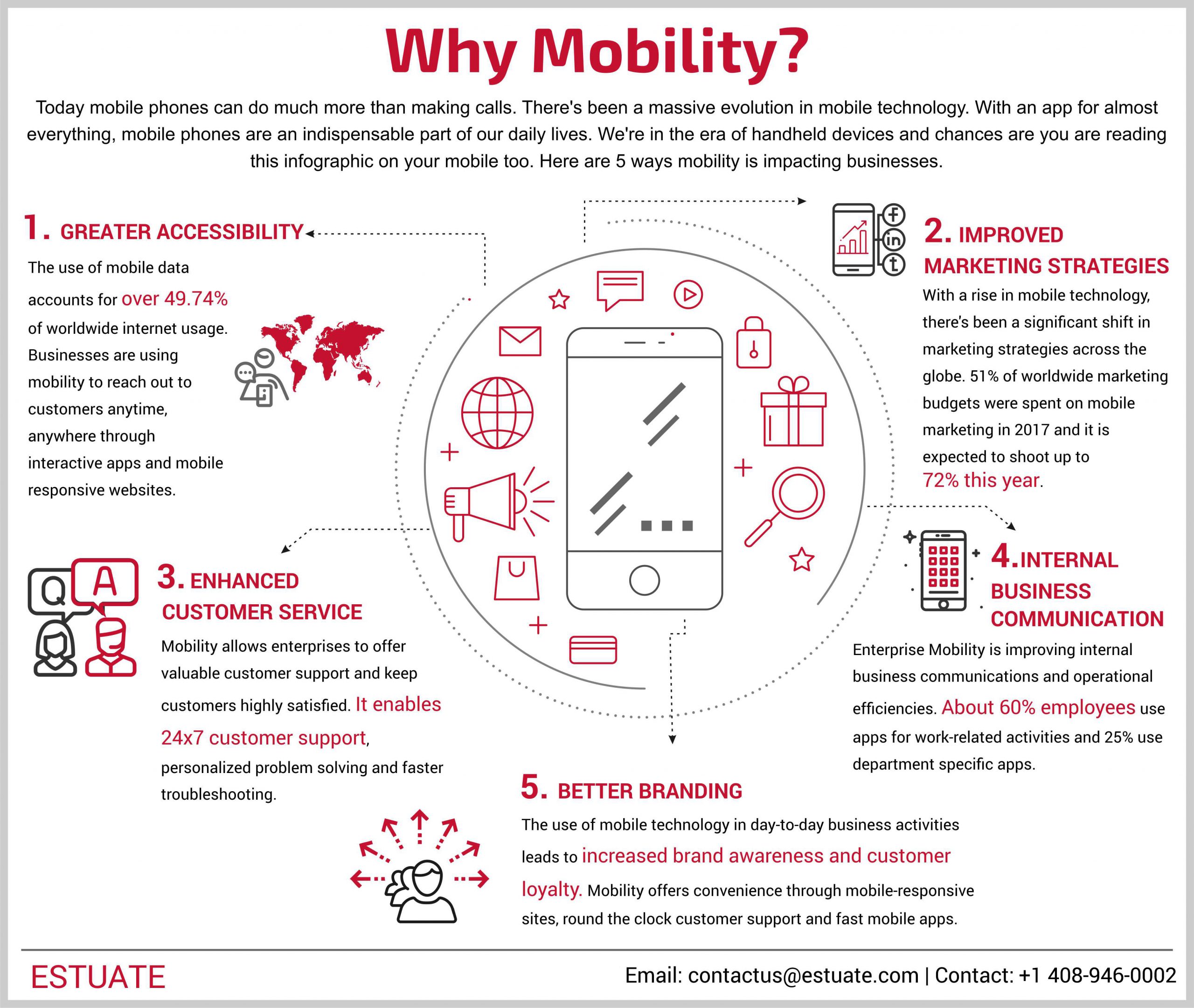Top Agile methodologies you need to know

Adopting Agile in your software development is a strategic business move, but choosing the right method is critical for success. This article will help you understand the top 4 Agile methodologies in detail.
In a fast paced and dynamic world, time is literally the money. Traditional methods of software development were a thing back then, but they lack the speed and flexibility that modern day software projects demand. That’s where Agile gets all the limelight.
Agile is a software development strategy that combines the best practices and proven methods to deliver results faster and ensure effectiveness.
In our first article in the Agile series, we discussed about the concept of Agile and the many benefits of adopting an Agile strategy to execute software development projects. Over time, Agile enthusiasts have come up with numerous methodologies for software development, which are being used widely by enterprises to enhance speed and ensure continuous delivery. In this article, let’s take a look at the top 4 Agile methodologies that are shaping up software development in the 21st century.
Future-Proof Your Product
AI, automation, cloud—Estuate’s expertise ensures you stay ahead
in the tech race.
Scrum
Scrum is the most popular and widely followed Agile methodology worldwide. The Scrum framework was designed to address two critical pain points of software development; speed and changing client requirements. In this approach, the software development project is executed in phases, each phase known as a Sprint. Also, small teams of 5-6 members are created, who collectively work towards the desired results.
The Scrum methodology allows active client participation at each stage, so that any required changes are addressed immediately and acted on. This ensures that the project is delivered within time and meets the client demands effectively.
Extreme Programming (XP)
As its name suggests, Extreme Programming methodology aims to put together the best practices of traditional software development and takes them to an extreme level to ensure high quality deliverables. The XP methodology tries to simplify the entire process of software development by taking the most simple and straight-forward approach, rather than implementing complex functionalities.
These codes are reviewed and tested on an ongoing basis throughout the project so that any bugs or issues can be fixed immediately and the desired software quality can be attained. Also, similar to the Scrum approach, Extreme Programming involves a lot of client interaction and addresses customer feedback/suggestions through the project, leading to maximum customer satisfaction.
Lean Agile Process
The concept of Lean first emerged in the 1950s in the manufacturing sector of Japan, where production activities were strategized in a way to reduce wastage and costs. Later, the concept was introduced in software development as a major Agile methodology. Lean software development tries to identify the business value to be delivered, creates a planned workflow and seeks perfection at each step.
The methodology focuses on reducing redundant tasks and wastage in software development. Wastage, in software development would mean writing wrong codes, reworking, or even inefficient usage of time and resources. Since Lean is all about achieving perfection, it is an ideal methodology to follow in both software development and other business projects. It helps businesses reduce the cost, time and efforts involved in software development, leading to increased functional efficiencies.
Kanban
One of the areas of critical emphasis in Agile is the ability to ensure continuous delivery. The Kanban methodology is designed on three basic principles that ensure continual delivery, without overloading the software development teams.
The Kanban framework ensures that the teams do not commit to more than what they can deliver in a day, the work in progress is visualized and reviewed each day, and when a task is completed before time, the next task in line is taken up immediately. This allows the teams to plan activities on a daily basis and deliver defined outcomes every day.
In a short span, Agile has grown and evolved to be one of the most important project management and software development strategies. There are various Agile methodologies in practice today, and many more to come. Agile is no more a good business practice, it is gradually becoming a culture.




